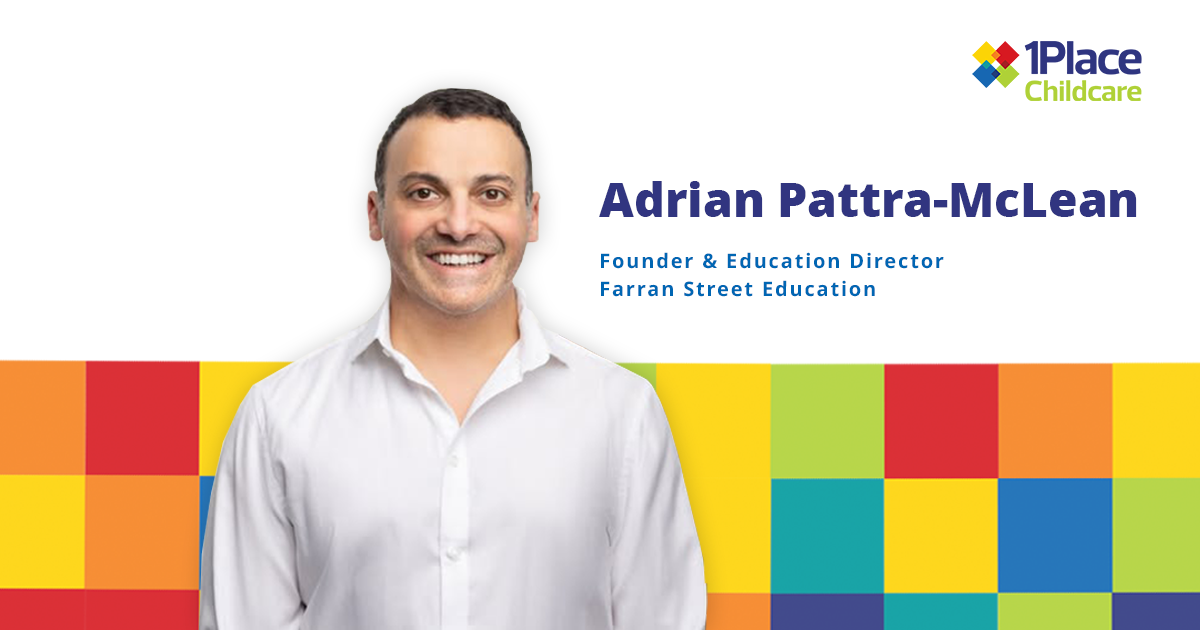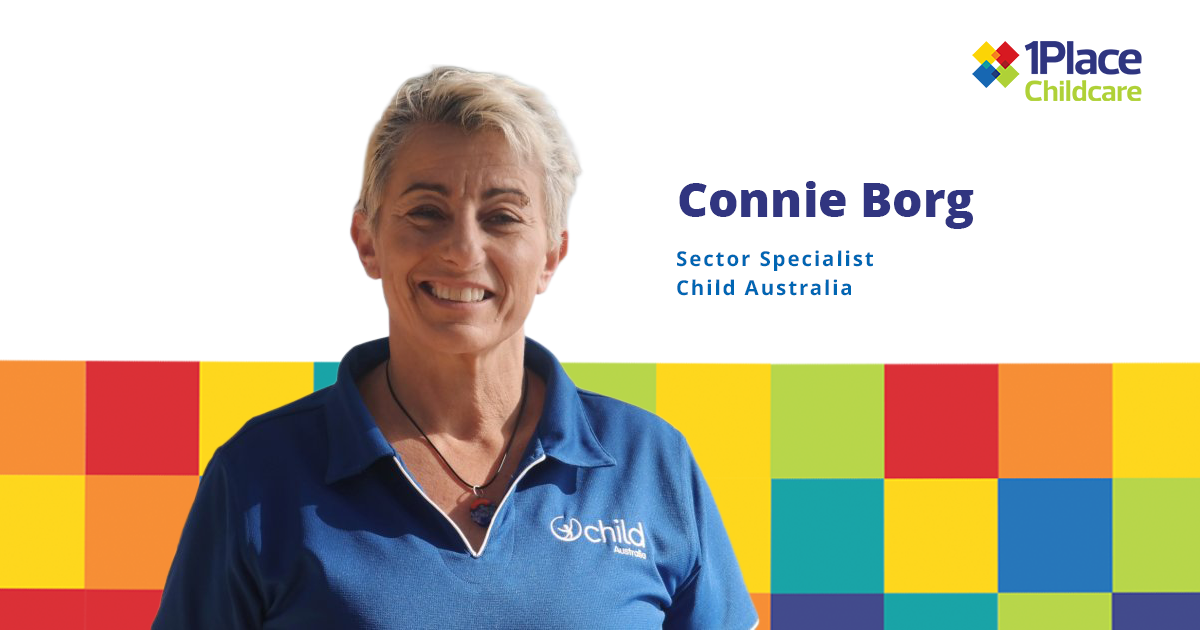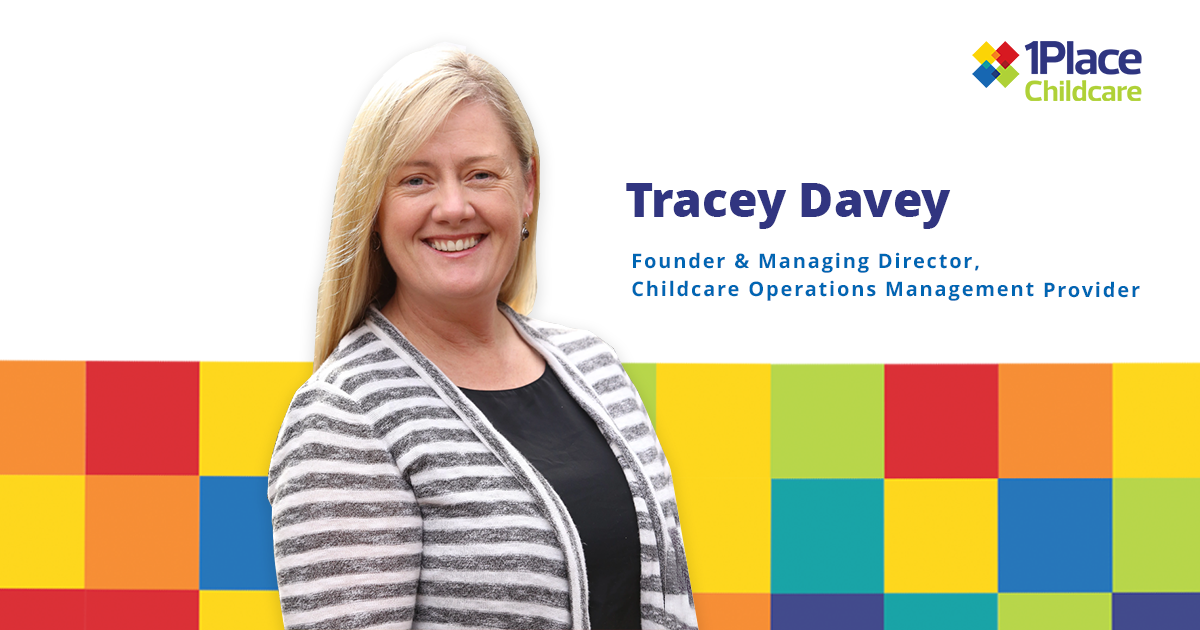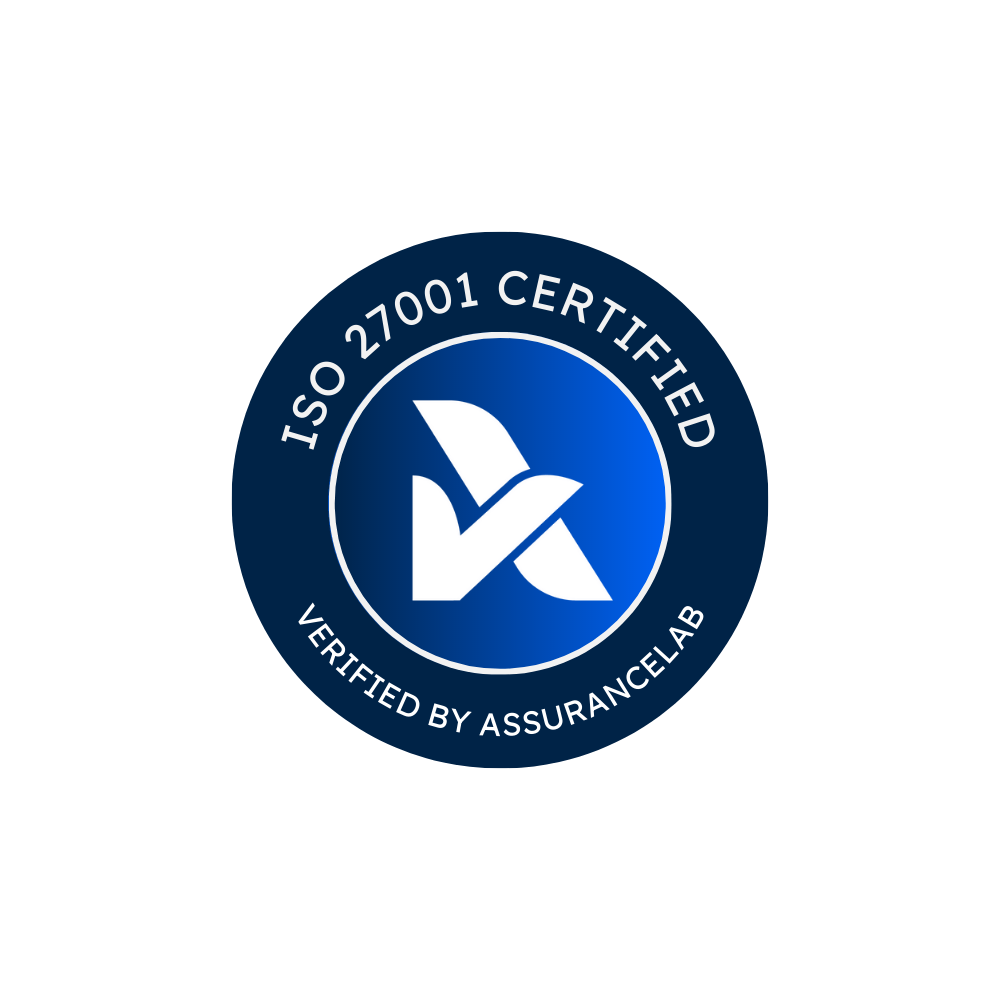
Child safeguarding sits at the heart of everything we do in early childhood education. But with new requirements rolling out across Australia, including Queensland’s Child Safe Standards commencing in January 2026 and the Reportable Conduct Scheme starting in July 2026. Many leaders are asking: How do we strengthen our safeguarding practices while managing everything else on our plates?
We sat down with Darlene Wadham, Managing Director of Absolute Support, to discuss what these changes mean and how to implement them in practical, sustainable ways. With over 30 years of experience – from primary school principal to General Manager of Tadpoles Early Learning Centres (where she was instrumental in the opening of 15 new services in five years) to running her consultancy since 2010. Darlene now serves on the Board of ACA Queensland and is currently traveling throughout the state presenting on the new Child Safe Standards funded by the Queensland Family and Child Commission.
Can you tell us about your background and what led you to your current work in child safeguarding?
I started as a teacher with Education Queensland in the early 1990s and became a principal in small schools on the Darling Downs in 1999. But I switched back to early childhood education in 2001 because I saw the critical importance of those first five years. After managing multiple businesses on Hamilton Island for five years, including opening their new Island Kindy for staff and residents I joined Tadpoles Early Learning as General Manager in 2005, where we built 15 centres in five years.
I started my consultancy in 2010, and for the past 15 years, I’ve focused on helping services achieve compliance and create the best environments for children. That’s why we’re all here—it all comes back to children.
Currently, I sit on the Australian Childcare Alliance Queensland board and I’m travelling throughout the state presenting on the new Child Safe Standards for Queensland, which is funded by the Queensland Family and Child Commission.
Why are these presentations about child safeguarding so important right now?
The sector is incredibly busy, and the changes feel overwhelming. The National Quality Framework Child Safety Guides were released this year, we had regulation changes in September, and next year brings the Educator Register, mandatory child safe training, and in Queensland, the Child Safe Standards starting in January.
Here’s the crucial message: we’re already doing a lot of these standards. The Child Safe Standards apply to all organisations working with children—sporting groups, churches, activity centres. For early education and care, we already have Working with Children Checks through our Blue Card system, complaint handling, continuous improvement, and policies and procedures under the National Quality Framework.
My passion is showing services the alignment. In Queensland, Standard 6 (complaint handling) is already covered under Quality Area 7 of the National Quality Framework. Recruitment (Standard 5 in the Child Safe Standards) is covered in Quality Area 4. Services are already doing much of this work—we just need to identify the gaps and fill them systematically. Because safeguarding children is the number one reason we’re all here.
What are the key takeaways you want services to understand about the Child Safe Standards?
Standard 1: Leadership, Governance, and Culture. Shout it from the rooftops—tell everybody you’re committed to children’s safety. Display it in your reception, include it in recruitment materials, put it in family enrolment packs. Make it clear from the top down: if you’re going to do the wrong thing, don’t come here. Leadership and culture start from there, with a clear message: see something, say something, report it.
Standard 5: People and Recruitment. Your greatest asset is your people, so get recruitment right from the beginning. The new National Quality Framework Child Safety Guides have excellent fact sheets that take away the guesswork. They provide examples for position descriptions, questions to ask at interviews about children’s safety and appropriate interactions, and even questions for reference checks around past performance. If we implement what’s in those guides, we’re already halfway there.
The key is having a systematic process to ensure you don’t miss anything. Tools like 1Place’s annual reporting schedule help remind you about monthly checks—Working with Children Checks, prohibition registers on NQAITS—making sure nothing falls through the cracks across the year.
How can services manage these new requirements when the sector is already so stretched?
Every service is different depending on their support structures. For leadership, the key is finding alignment across different legislations rather than treating each requirement separately. Don’t reinvent the wheel—use resources like ACECQA’s recruitment questions that already exist.
My advice for leaders: if you can’t change it, change the way you look at it. These changes have to happen. Take a breath, identify what tools you need, create systematic processes, plan your calendar, and find the most efficient way forward.
For educators, we’ve created a challenge around documentation and photos. Over the last 10-15 years, I’ve watched the focus shift from quality interactions with children to standing with an iPad trying to capture every moment. We should be taking fewer photos and spending more time interacting with children—they should see our faces, not the back of an iPad.
Families understandably want to see what’s happening with their children, but we’ve created a cycle where educators worry: “Have I got a photo of everyone? What if I don’t?” This can create stress for families if they are used to seeing images but don’t suddenly, they can worry about whether their child is happy, included, or socializing. We need to find ways for educators to return to spending quality time with children, because that’s what builds foundations. It’s an interesting challenge without easy answers, but it’s worth addressing as we talk about administrative burden.
Can you explain the Reportable Conduct Scheme and why it’s important?
There’s always been a reporting requirement through NQAITS to the regulatory authority for inappropriate discipline or interactions with children. The Reportable Conduct Scheme takes this a step further. It’s already in place in NSW, Victoria, Tasmania, and South Australia, but comes into effect for Queensland and the ACT from 1 July 2026. It was meant to be 2027 but has been fast-tracked for obvious reasons.
Here’s what changes: within three days of an allegation, concern, or finding—before you investigate—the head of the organisation must report it to the Commission. You don’t decide whether it’s valid first; the concern itself triggers the reporting requirement. The Commission follows up with back-and-forth information sharing, and you provide a report with your finding when complete or at 30 days you provide an interim report if it’s not concluded.
From July 2026 in Queensland, you’ll report inappropriate discipline to two entities: the regulatory authority through NQAITS/ACECQA, and the Commission for investigation. Fines are significant—around $17,000 in Queensland for not reporting to the Commission within three days.
The vast majority of educators and operators across Australia’s 3,300+ Queensland services are doing an amazing job. Unfortunately, a small minority aren’t, and we need to weed them out through:
- Effective recruitment and onboarding
- Strong leadership that screams from the rooftops: “We’re committed to children’s safety. Don’t come here if you’re not.”
- Clear reporting procedures that are stronger and strengthened
This isn’t just about losing Working with Children Checks—we’ve seen educators charged with assault for injuring children. The Commission adds another investigation layer with bigger ramifications. Hopefully this extra layer will deter and weed out those who shouldn’t be working with children.
The changes coming in 2026 may feel overwhelming, but as Darlene reminds us: we’re already doing much of this work. It’s about finding the alignment, having systematic processes in place, and never losing sight of why we’re here – for the children.
The key is to approach these changes strategically: shout your commitment to child safety from the rooftops, get recruitment right from the start, and use tools and systems that help you stay organised and compliant without drowning in administration. When we protect at every level: from classroom to boardroom, everyone benefits, and ultimately, that’s what safeguarding is all about.




